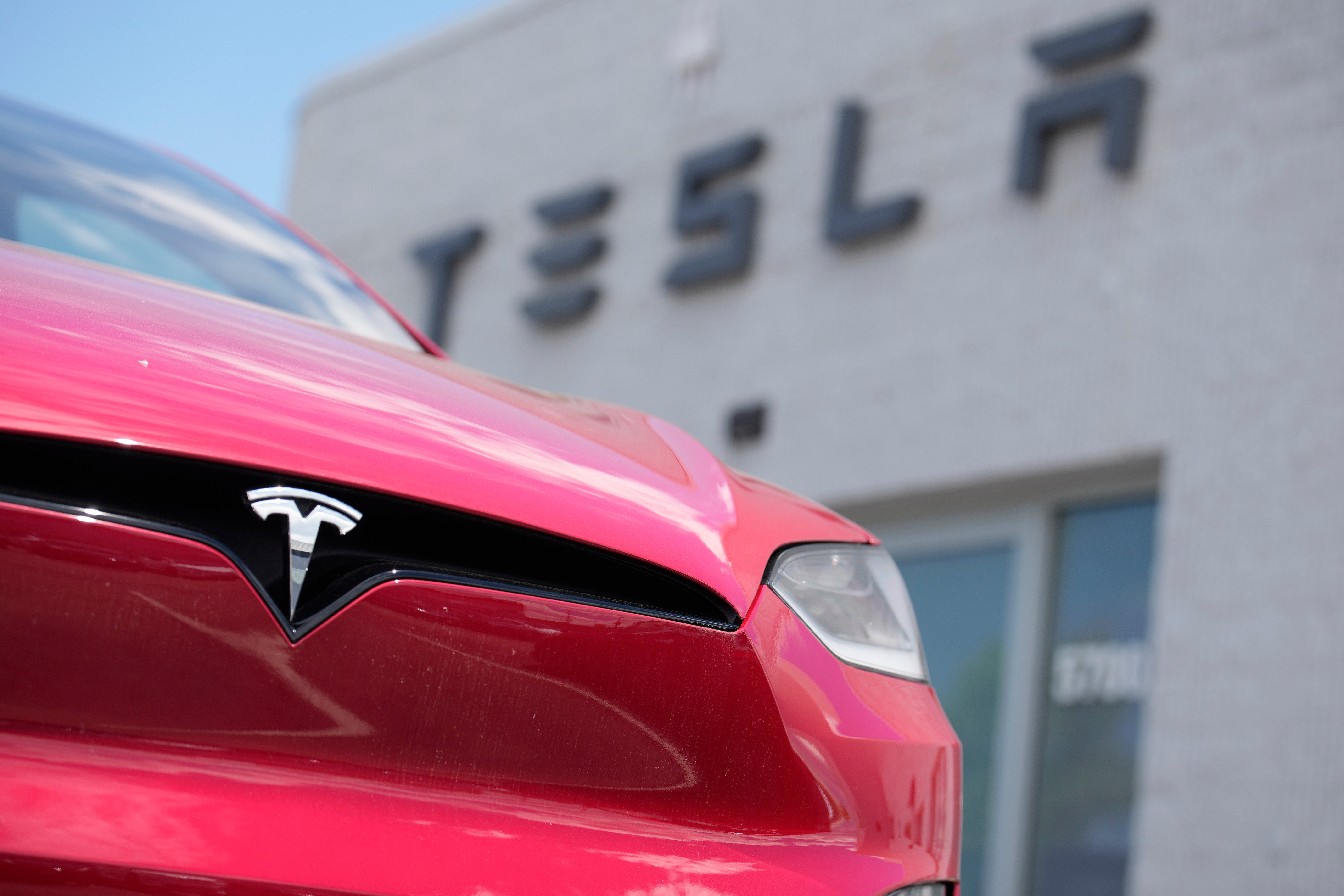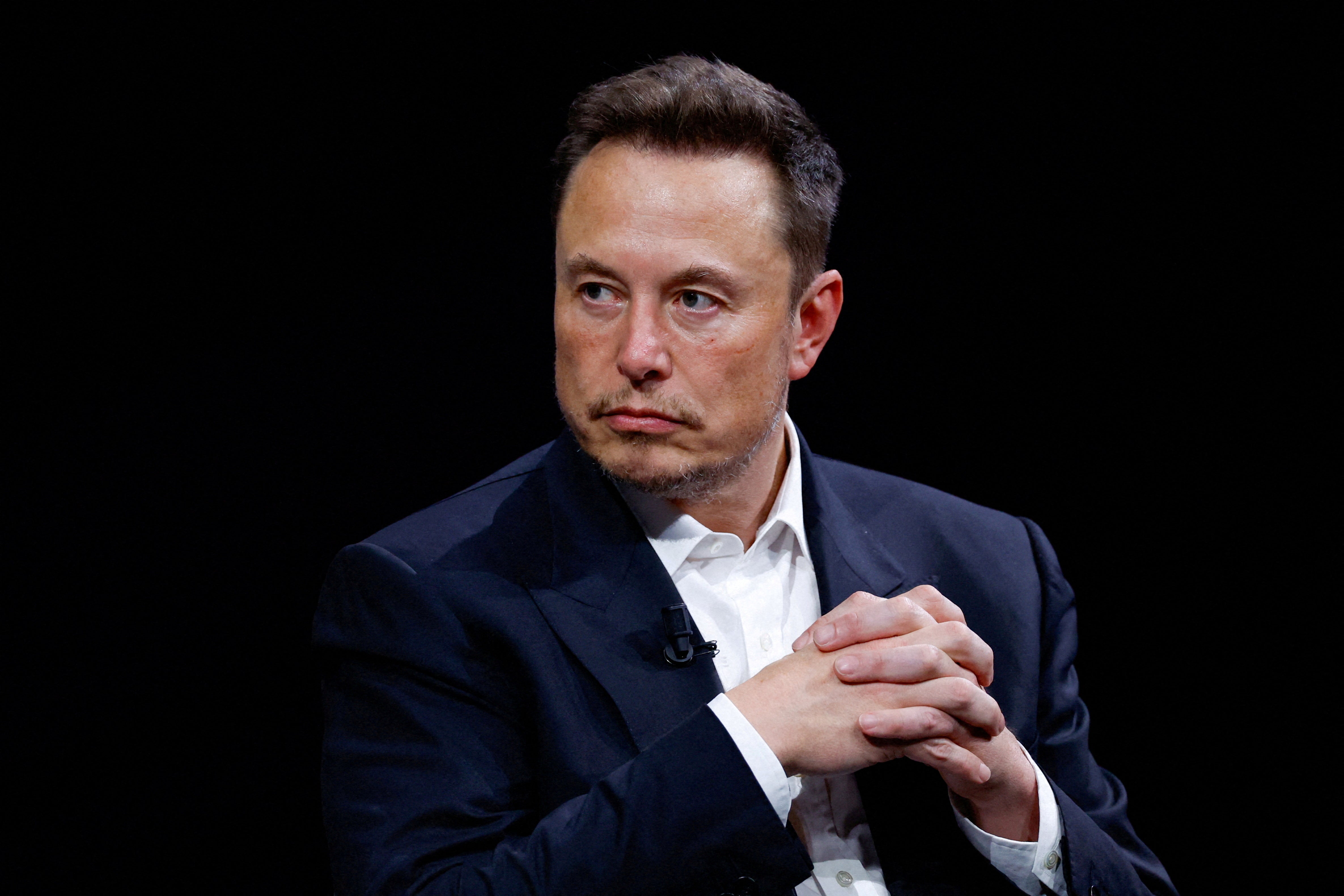Tesla in crash that killed motorcyclist was using self-driving system, authorities say
Elon Musk said last week that ‘Full Self Driving’ should be able to run without human supervision by the end of this year

Your support helps us to tell the story
From reproductive rights to climate change to Big Tech, The Independent is on the ground when the story is developing. Whether it's investigating the financials of Elon Musk's pro-Trump PAC or producing our latest documentary, 'The A Word', which shines a light on the American women fighting for reproductive rights, we know how important it is to parse out the facts from the messaging.
At such a critical moment in US history, we need reporters on the ground. Your donation allows us to keep sending journalists to speak to both sides of the story.
The Independent is trusted by Americans across the entire political spectrum. And unlike many other quality news outlets, we choose not to lock Americans out of our reporting and analysis with paywalls. We believe quality journalism should be available to everyone, paid for by those who can afford it.
Your support makes all the difference.Authorities in Washington have determined that a Tesla that hit and killed a motorcyclist near Seattle in April was operating on the company's “Full Self Driving” system at the time of the crash.
Investigators from the Washington State Patrol made the discovery after downloading information from the event-data recorder on the 2022 Tesla Model S, agency spokesman Capt. Deion Glover said Tuesday.
“The investigation is still ongoing in this case,” Glover said in an email to The Associated Press. The Snohomish County Prosecutor will determine if any charges are filed in the case, he said.
Tesla CEO Elon Musk said last week that “Full Self Driving” should be able to run without human supervision by the end of this year. He has been promising a fleet of robotaxis for several years. During the company’s earnings conference call, he acknowledged that his predictions on the issue “have been overly optimistic in the past.”
A message was left Tuesday seeking comment from Tesla.
After the crash in a suburban area about 15 miles (24 kilometers) northeast of Seattle, the driver told a trooper that he was using Tesla's Autopilot system and looked at his cellphone while the Tesla was moving.
“The next thing he knew there was a bang and the vehicle lurched forward as it accelerated and collided with the motorcycle in front of him,” the trooper wrote in a probable-cause document.
The 56-year-old driver was arrested for investigation of vehicular homicide “based on the admitted inattention to driving, while on Autopilot mode, and the distraction of the cell phone while moving forward, putting trust in the machine to drive for him,” the affidavit said.
The motorcyclist, Jeffrey Nissen, 28, of Stanwood, Washington, was under the car and pronounced dead at the scene, authorities reported.
Nissen's death is at least the second in the U.S. involving Tesla's “Full Self-Driving” system. In investigative documents, the U.S. National Highway Traffic Safety Administration said earlier it had found one fatality and 75 crashes while the system was being used. It wasn't clear whether the system was at fault in the fatality.
Tesla has two partially automated driving systems, “Full Self-Driving,” which can take on many driving tasks even on city streets, and Autopilot, which can keep a car in its lane and away from objects in front of it. Sometimes the names are confused by Tesla owners and the public.
Tesla says at present neither system can drive itself and that human drivers must be ready to take control at any time.

“Full Self-Driving” is being tested on public roads by selected Tesla owners. The company recently has been calling it FSD Supervised.
Musk said last week that he did not think approval by government regulators would be a limiting factor in deploying robotaxis. “If you’ve got billions of miles that show that in the future, unsupervised FSD is safer than humans, what regulator could really stand in the way of that?” he asked.
But Phil Koopman, a professor at Carnegie Mellon University who studies autonomous vehicle safety, said he doesn't see Tesla running robotaxis without human drivers on nearly all roads for another decade.
The safety record Musk cites is based on having a human driver supervise the automated system, he said. “Unless you have data showing that the driver never has to supervise the automation, then there's no basis for claiming they're going to be acceptably safe,” he said.
Musk has said Tesla will unveil a dedicated robotaxi vehicle at an event on Oct. 10. The event was delayed from Aug. 8 to make changes in the vehicle that Musk wanted.
Musk has been telling investors that Tesla is less of a car company and more of a robotics and artificial intelligence company. Many investors have put money into the company based on long-term prospects for robotics technology.
Musk has been touting self-driving vehicles as a growth catalyst for Tesla since “Full Self Driving” hardware went on sale late in 2015.
Subscribe to Independent Premium to bookmark this article
Want to bookmark your favourite articles and stories to read or reference later? Start your Independent Premium subscription today.